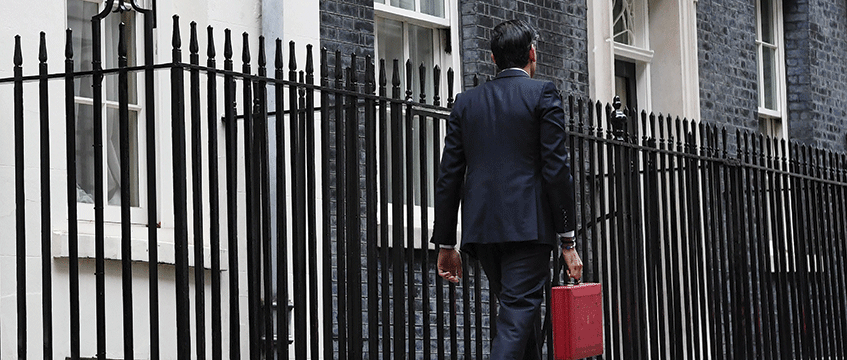Five housing highlights from the Budget
BUDGET 2021 The housing sector went into the Budget with high expectations, seeking clarity over taxes, planning and housing remediation.
Chancellor Rishi Sunak was keen to emphasise a number of big investments, setting aside £24bn for housing by 2025-26. However, much of this reconfirmed old allocations for housing. Buried in the 200-page document, here are the biggest takeaways for the housing industry.
Brownfield development
Trailed prior to the big reveal, the largest new allocation was £1.8bn to back the brownfield fund. This includes £300m for locally-led grant funding, distributed to local authorities for smaller sites and £1.5bn for larger regeneration projects.
BUDGET 2021 The housing sector went into the Budget with high expectations, seeking clarity over taxes, planning and housing remediation.
Chancellor Rishi Sunak was keen to emphasise a number of big investments, setting aside £24bn for housing by 2025-26. However, much of this reconfirmed old allocations for housing. Buried in the 200-page document, here are the biggest takeaways for the housing industry.
Brownfield development
Trailed prior to the big reveal, the largest new allocation was £1.8bn to back the brownfield fund. This includes £300m for locally-led grant funding, distributed to local authorities for smaller sites and £1.5bn for larger regeneration projects.
The finance aims to unlock 3,700 acres to provide 160,000 new homes, bringing the total to £10bn for over 1m new homes.
Reconfirming old funding
Sunak has reconfirmed two of the biggest grant programmes: the £11.5bn affordable homes programme and the £5bn cladding fund.
Homes England and the Greater London Authority have already allocated £8.6bn of the five-year programme to social housing providers to develop 118,900 homes. The programme runs until 2026 and seeks to deliver 180,000 homes. Some £7.5bn of this will run over the spending review period.
The £5bn for cladding remediation was announced in February by former housing secretary Robert Jenrick, backed by taxes on residential developers, including the Building Safety Levy (applying to high-rise development) and the Residential Property Developer Tax.
Profit tax
Sunak revealed further detail for the Residential Property Developer Tax which seeks to raise £2bn towards cladding remediation.
Earlier this month, the Treasury confirmed build-to-rent and PSBA would be exempt. However, developers with consented land will be included, which some believe will put further pressure on land-bankers.
The government has now confirmed the tax will be charged at 4% and apply to profits exceeding £25m. It is expected to raise £200m in 2022-23, with steady increases in subsequent years.
Planning reform
Some £65m has been provided to improve the planning regime through a new digital system which seeks to provide greater certainty and support other initiatives such as design. It follows investment of just £12m to local planning authorities in the last review.
The allocation follows calls from both the public and private sector to back local planning authorities to follow through on long-awaited reform of the sector. The contentious Planning Bill, due later this year, initially sought to front-load the system with local plans, zoning and targets, in place of planning applications, but is expected to be watered down.
Green home upgrades
Also not new, but confirmed in the Budget, some £950m for the Home Upgrade Grant, for low-income households, and £800m for the Social Housing Decarbonisation Fund. It also allocated £1.4bn to help decarbonise public sector assets.
To send feedback, e-mail emma.rosser@eg.co.uk or tweet @EmmaARosser or @EGPropertyNews
Photo: ANDY RAIN/EPA-EFE/Shutterstock











